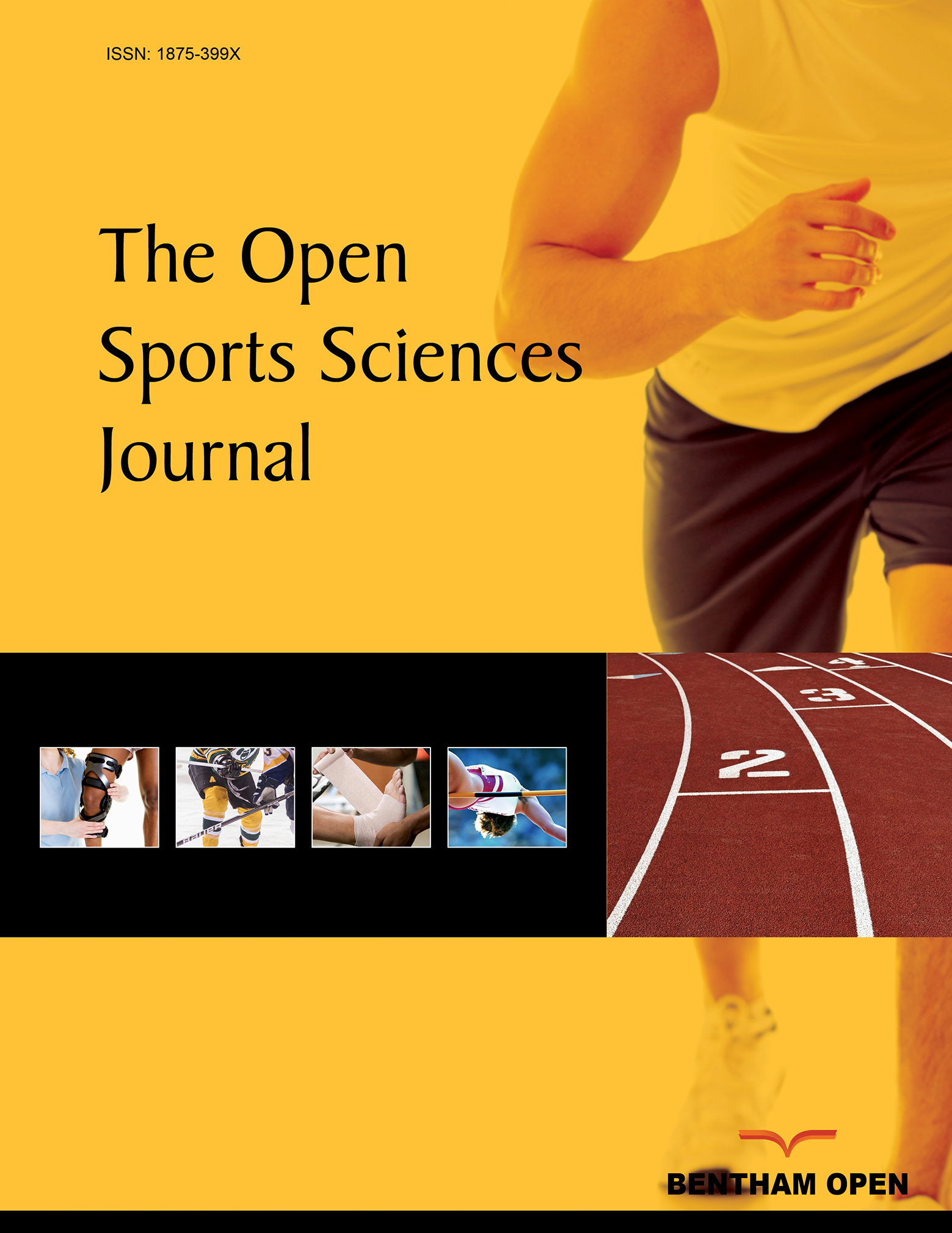All published articles of this journal are available on ScienceDirect.
Preliminary Attempt to Develop a Path-Flow Analysis Model for Swimming Performance in Children
Abstract
The aim of this research was to develop a path-flow analysis model from age-group swimmer's performance based on biomechanical and energetic parameters. Twenty two young male age-group swimmers with several competitive levels volunteered to serve as subjects. It was assessed swim velocity, stroke length, stroke frequency, stroke index, propulsive efficiency, critical velocity and 200 m freestyle event performance. To verify the quality of the model, root mean square residuals (RMSR) was computed. The confirmatory model explained 54% of swimming performance. RMSR was 0.064. As a conclusion, the model based in biomechanical and energetic variables, according to the relationships suggested is appropriated to explain performance in age-group swimmers.


